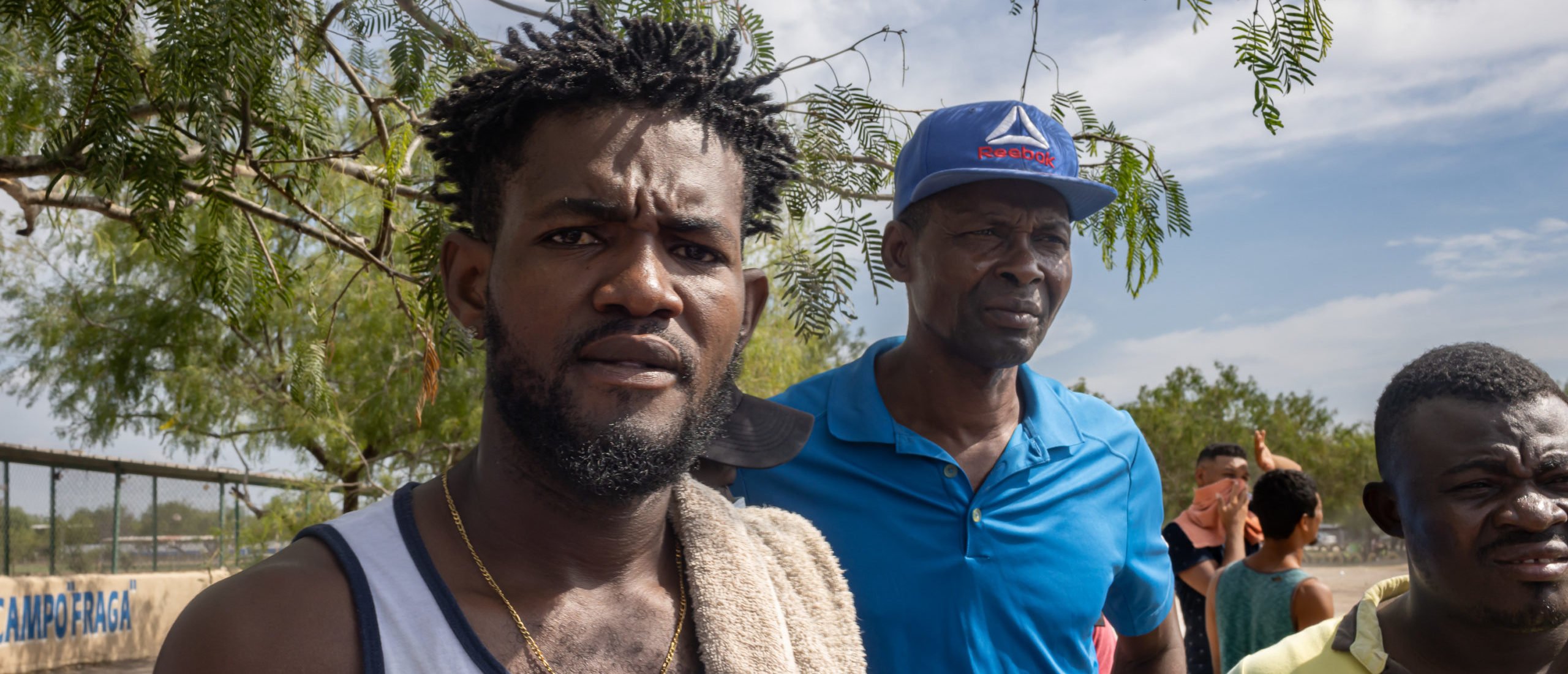
www.inspiremore.com
Kathy Bates Thrills Fans After Clarifying Recent Misunderstanding
Contrary to recent reports, Kathy Bates hopes for many more years in Hollywood. Thankfully, she is not ready to retire anytime soon. After an interview with the New York Times, people didn’t quite understand what Kathy meant about her newest role.
Kathy Bates Is Thrilled About Her Role In “Matlock” And Isn’t Going Into Retirement Anytime Soon
During her red carpet appearance at the 76th Primetime Emmys on September 15 in Los Angeles, Kathy Bates stopped to speak with reporters to dispel any rumors she’s going into retirement. She said she was “flattered” the world seemed to be worried about her retirement, but her words were misconstrued.
“What I meant was I had one foot out the door until I read the script for Matlock,” she explained. “And then I read some Matlock and I went ‘Okay, close the door we are going to do some more!’ I want it to run for years, it’s that great,” Kathy told People and Entertainment Weekly on the red carpet.
@etalkctv Kathy Bates and Skye P. Marshall on their new show ‘Matlock’ and their love for Toronto. Watch the 76th Emmys tonight at 8pET on CTV2, CTV.ca and the CTV app. #KathyBates #SkyePMarshall #Matlock #Toronto #Emmys #redcarpet ♬ original sound – etalk
Any Griffith starred in the original courtroom drama as Benjamin Matlock from 1986 to 1995. Kathy will play Madeline Matlock, a senior citizen rejoining the workforce and fighting ageism and wrongdoing.
Kathy told the Times that she had worked really hard during her career, and when Matlock came along, it was the perfect fit. And sometimes, she gets tired, just like anyone else.
“Everything I’ve prayed for, worked for, clawed my way up for, I am suddenly able to be asked to use all of it,” she said. “And it’s exhausting.”
But Matlock is just what Kathy needs, and she thinks it’s what we need, too.
“We’re so excited,” she shared with People. “It’s unlike anything you have ever seen. There’s a whole other thing going on. There’s a whole twist that people will really be surprised at. We got a great cast.”
The new Matlock premiers on September 22 on CBS.
This story’s featured image is by Amy Sussman/Getty Images.
The post Kathy Bates Thrills Fans After Clarifying Recent Misunderstanding appeared first on InspireMore.

















